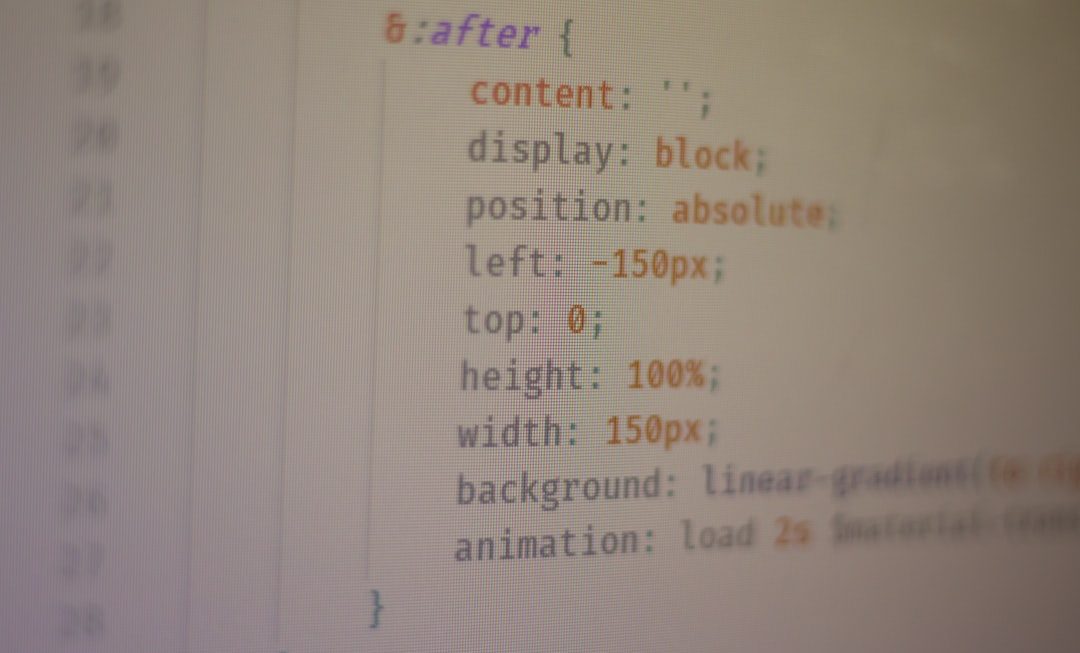Since the rollout of Google Analytics 4 (GA4), digital marketers, data scientists, and analysts have been recalibrating how they collect, analyze, and act upon user-level insights. Among GA4’s many advanced capabilities, one increasingly sought-after feature is the ability to analyze demographic data at the URL level. However, this feature comes with significant constraints rooted in data sampling, thresholding, and user privacy. A clear understanding of these limits is essential for drawing accurate conclusions and maintaining trust with users in the ever-sensitive arena of data privacy.
What Are URL-Level Demographics in GA4?
In GA4, demographic data includes information such as age, gender, interests, geographic location, and language. While this data was broadly accessible in Universal Analytics (UA), GA4 introduces a more privacy-centric and granular system. Marketers often wish to view this data on a URL-by-URL basis—such as knowing the age group or gender breakdown of users visiting specific landing pages or blog articles. However, GA4 structures data differently, and access to URL-level demographic reporting is limited for valid reasons.
GA4’s data architecture encourages a focus on event-based tracking rather than the session-based approach used in UA. While this unlocks deeper event-level insights, it also complicates how data—especially sensitive attributes like demographics—can be isolated at lower levels of granularity, such as individual URLs. To understand why URL-level demographic data isn’t always fully available, let’s explore the key contributing factors.
Sampling in GA4: A Necessary Limitation
GA4 uses sampling when generating reports involving large datasets. Sampling means Google analyzes a subset of your data and extrapolates trends based on that subset. This process is necessary to deliver results quickly and reduce strain on data systems; however, it introduces statistical variance and potential inaccuracies.
Specifically, sampling most often occurs when users apply complex segments, secondary dimensions, or longer date ranges in Explorations or BigQuery exports. When trying to obtain URL-level demographic information, these factors frequently apply. Consider the implications:
- Lower traffic pages are subject to heavy sampling since GA4 cannot render highly detailed insights from sparse data.
- Even high-traffic pages may still be sampled when combined with multiple filters or comparisons.
- The sample size threshold for demographic dimensions may be higher to protect privacy, making sampling more likely to kick in.
In essence, you cannot rely on 100% accuracy in sampled reports. This isn’t necessarily an error on GA4’s part but a safeguard aligned with performance optimization and data governance policies.
Thresholding: Protecting User Anonymity
Another concept critical to understanding GA4 URL-level demographic constraints is thresholding. Thresholding occurs when GA4 suppresses data from reports to prevent the identification of individual users, especially when counts fall below a minimum allowable threshold.
The logic is straightforward: if only a handful of users visited a particular URL and, say, 80% of those users fall within the same age group or gender, then there’s a real risk of exposing personally identifiable information (PII), either directly or through data triangulation. To comply with data protection laws such as the General Data Protection Regulation (GDPR) and California Consumer Privacy Act (CCPA), GA4 restricts the visibility of such granular data.

Here are the key factors that trigger thresholding in GA4:
- Demographic data + small sample size: Low counts combined with demographic attributes are the most likely to be hidden.
- Filters applied: Using filters to narrow users to a segment (e.g., country/browser) increases thresholding risk.
- Lower-traffic URLs: Pages that receive fewer daily sessions are more susceptible to suppression of data.
Thresholding is not dependent on account settings and cannot be disabled, nor will GA4 disclose the exact thresholds. This is by design to prevent reverse engineering of the limits and maintain data confidentiality.
Privacy Considerations: The Ethical Core of GA4
Google has emphasized that privacy is foundational to GA4. With persistent global scrutiny on data collection, tool designers increasingly embed privacy protections at the system level—also called “privacy by design.” The limitations mentioned earlier are not restrictions placed on you as a marketer, but built-in ethical boundaries that align with the rights of users and modern regulatory frameworks.
Here are some of the main privacy features of GA4 that impact demographic reporting at the URL level:
- No IP address storage: Unlike Universal Analytics, GA4 does not log or store user IPs for geographic segmentation.
- Consent Mode: If a user declines personalized tracking via cookies, GA4 restricts or modifies available dimensions accordingly—this includes demographic insights.
- Data de-identification: GA4 systems are trained to de-aggregate user attributes when identifiable patterns emerge, protecting user identity across reports.
Thus, even when a business is willing to comply with ethical use of data, Google’s systems proactively ensure that data is presented in a privacy-safe configuration. In this ecosystem, not all reports are meant to be granular.
Working Around the Limitations
Despite these constraints, there are still strategies analysts can use to glean valuable demographic insights at a close approximation to the URL level while respecting GA4’s limits:
- Group content hierarchically: Instead of looking at individual URLs, examine data by content group or page path level 1. This increases volume while retaining contextual clarity.
- Use BigQuery exports: Enable raw data export through BigQuery, where row-level data (with obfuscation) can be queried more flexibly, though thresholds still apply.
- Employ model-based estimation: For data scientists, building predictive models on existing unimpaired data segments may allow inferred demographic trends across content directories.

It’s important to align your team and stakeholders on this reality: GA4 is not designed to hand over every data point you request. The system is built for insight, not surveillance.
Conclusion
GA4 marks a distinct pivot in the web analytics landscape—moving beyond the quantity-focused ethos of the past and into a world of intelligent, privacy-first data storytelling. While URL-level demographics may seem like a natural analytical direction, it’s constrained by three pillars: data sampling, threshold enforcement, and above all, a commitment to user privacy.
Understanding and respecting these structural limitations not only keeps your organization in compliance but also enhances your credibility among end-users and regulators alike. The future of analytics isn’t about seeing everything—it’s about seeing what matters the most, with accountability and care.




